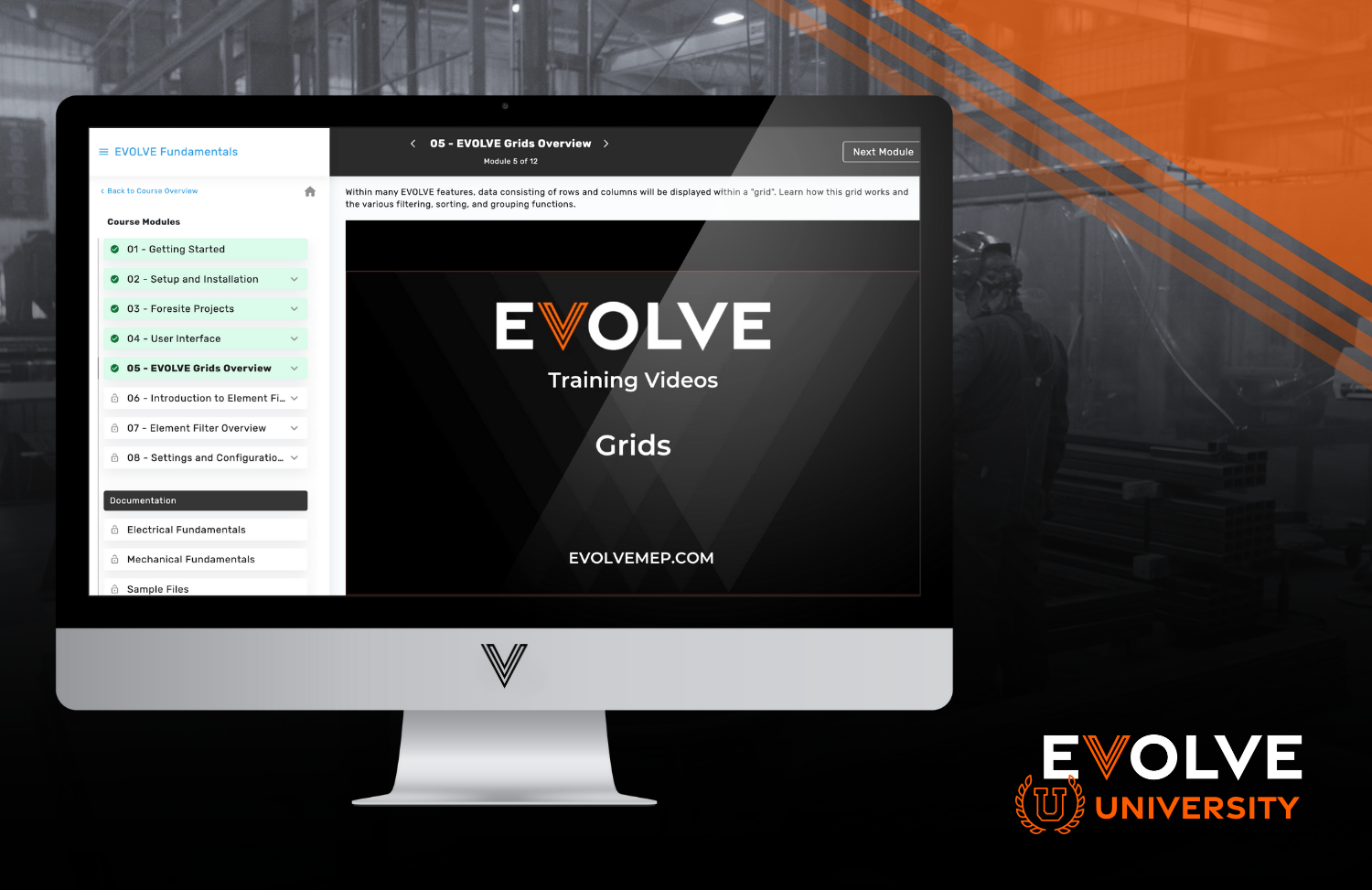In the rapidly evolving field of AEC and MEP, BIM has emerged as a powerful tool for creating, managing, and visualizing building projects in a digital environment. As the industry explores the potential of artificial intelligence (A.I.), the question arises: can A.I. replace BIM designers? While A.I. technology has made significant strides, it's important to recognize that it cannot entirely replace the role of BIM designers.
But AI can also be a great sidekick for designers, helping them out in a variety of ways.
The Unique Role of BIM Designers
BIM designers play a pivotal role in the AEC industry. They are responsible for translating architectural concepts and engineering requirements into digital models that encompass every aspect of a building project, from geometry and materials to cost and schedule. BIM designers possess a deep understanding of design principles, engineering standards, and construction processes, allowing them to make informed decisions that impact the entire project lifecycle.
How A.I. Can Assist BIM Designers
Automation of Repetitive Tasks: A.I. can take over time-consuming and repetitive tasks such as clash detection, quantity estimation, and generating standard design components. This allows BIM designers to focus on higher-level design considerations.
Data Analysis and Insights: A.I. can analyze vast amounts of data from past projects, enabling designers to make more informed decisions based on historical performance and best practices.
Generative Design: A.I. algorithms can generate multiple design alternatives based on predefined parameters, inspiring designers with innovative options that they might not have considered.
Simulation and Optimization: A.I. can simulate different scenarios and optimize designs for factors like energy efficiency, structural integrity, and cost-effectiveness.
Quality Control: A.I. can assist in quality control by identifying inconsistencies and errors within the BIM model, helping designers ensure accuracy and completeness.
While A.I. technology continues to advance and integrate into various industries, it's clear that BIM designers play an irreplaceable role in the MEP sector. The combination of human creativity, contextual understanding, and collaborative skills makes their contribution invaluable. However, the collaboration between A.I. and BIM designers holds immense promise. By leveraging A.I. tools to automate routine tasks, analyze data, and generate design alternatives, BIM designers can enhance their efficiency and creativity, ultimately delivering better-designed and more optimized projects. The future lies in a symbiotic relationship between human expertise and technological innovation.
But AI can also be a great sidekick for designers, helping them out in a variety of ways.
The Unique Role of BIM Designers
BIM designers play a pivotal role in the AEC industry. They are responsible for translating architectural concepts and engineering requirements into digital models that encompass every aspect of a building project, from geometry and materials to cost and schedule. BIM designers possess a deep understanding of design principles, engineering standards, and construction processes, allowing them to make informed decisions that impact the entire project lifecycle.While A.I technology continues to advance and integrate into various industries, it's clear that BIM designers play an irreplaceable role in the MEP sector:
How A.I. Can Assist BIM Designers
Automation of Repetitive Tasks: A.I. can take over time-consuming and repetitive tasks such as clash detection, quantity estimation, and generating standard design components. This allows BIM designers to focus on higher-level design considerations.Data Analysis and Insights: A.I. can analyze vast amounts of data from past projects, enabling designers to make more informed decisions based on historical performance and best practices.
Generative Design: A.I. algorithms can generate multiple design alternatives based on predefined parameters, inspiring designers with innovative options that they might not have considered.
Simulation and Optimization: A.I. can simulate different scenarios and optimize designs for factors like energy efficiency, structural integrity, and cost-effectiveness.
Quality Control: A.I. can assist in quality control by identifying inconsistencies and errors within the BIM model, helping designers ensure accuracy and completeness.
While A.I. technology continues to advance and integrate into various industries, it's clear that BIM designers play an irreplaceable role in the MEP sector. The combination of human creativity, contextual understanding, and collaborative skills makes their contribution invaluable. However, the collaboration between A.I. and BIM designers holds immense promise. By leveraging A.I. tools to automate routine tasks, analyze data, and generate design alternatives, BIM designers can enhance their efficiency and creativity, ultimately delivering better-designed and more optimized projects. The future lies in a symbiotic relationship between human expertise and technological innovation.





